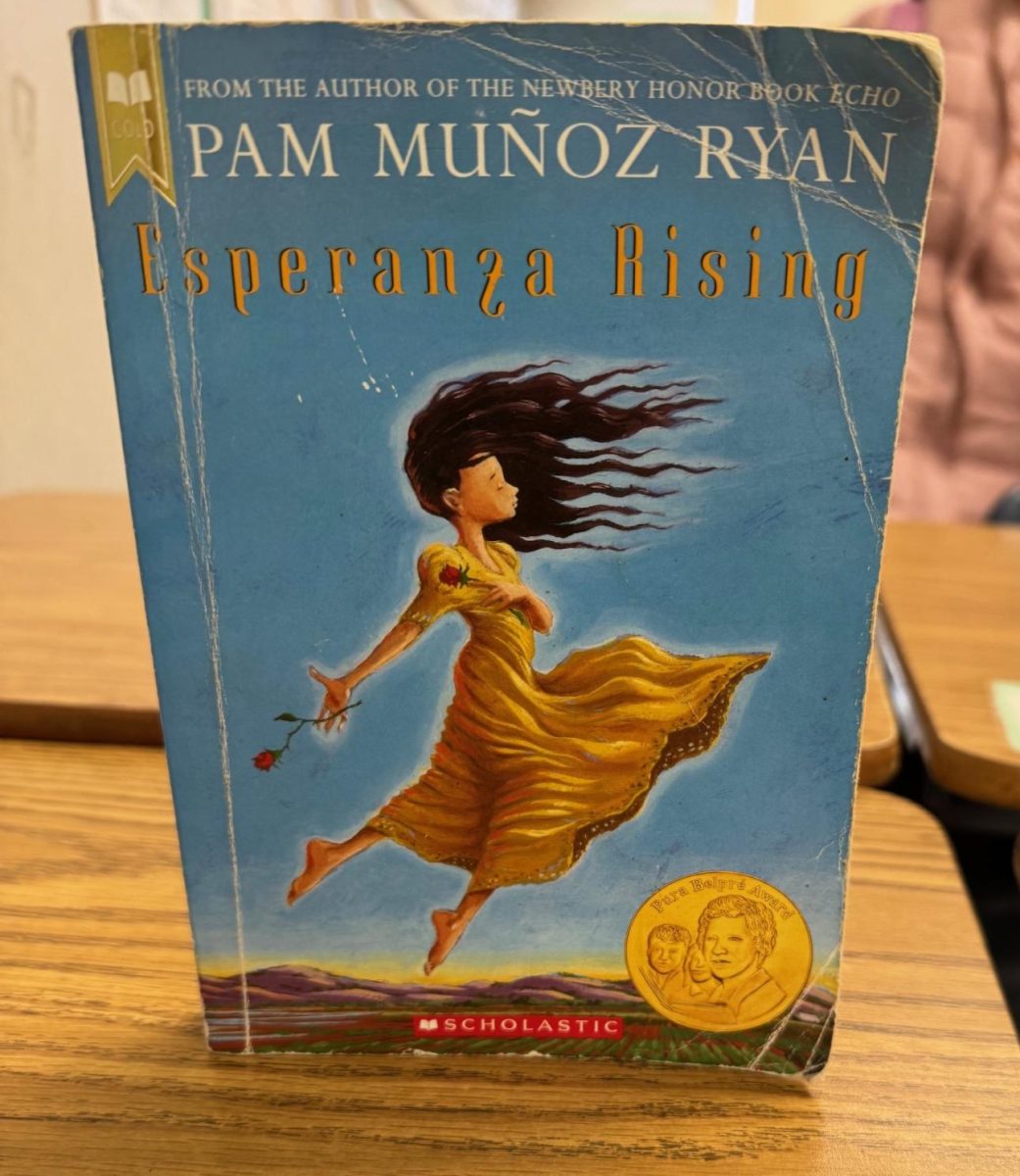The Year of the Goat Begins February 19
New Year, New Animal
February 9, 2015
As the clock strikes twelve, people around the world celebrate as the New Year arrives. Parties are thrown and merriment ensues. However, January 1st isn’t the only New Year there is.
Chinese New Year is another day that many people in America and East Asia celebrate. January 1st is New Year’s Day every year, but the date for Chinese New Year is different every year. The date is based on the position of the moon, which is why it is often referred to as Lunar New Year, and is usually in February. This year it is on February 19. The goat is this year’s zodiac, there are twelve different zodiacs that change every year and repeat the cycle.
Spending time with family is very common amongst Asian households, and this only increases as Chinese New Year rolls around. There is usually a large gathering of family members of all ages, incense is burned and plenty of food to go around. People wish each other a new year full of luck, wealth and prosperity. Without a doubt though, one of the factors that kids, no matter the age, always look forward to are the red envelopes.
Red is the color of luck, good fortune, happiness and wealth, which is what the red envelopes represent. The casings are bright crimson and beautifully decorated, many times with gold embellishments. Parents, grandparents and married relatives fill these paper pouches with money, ranging from a couple dollars to possibly a hundred, and give them to the children to wish them luck and fortune for the New Year.
Symbolism is a large part of the Asian culture. So, in preparation for the New Year, families clean their house from top to bottom to symbolize ill-fortune and bad luck being swept away. New clothes can be worn to show that the New Year is here. Bright clothing, often red, is also worn around New Years. Many often attend lantern festivals, where people hang decorated lanterns and participate in lion/dragon dances accompanied by beating gongs and clashing cymbals.




